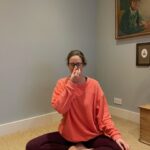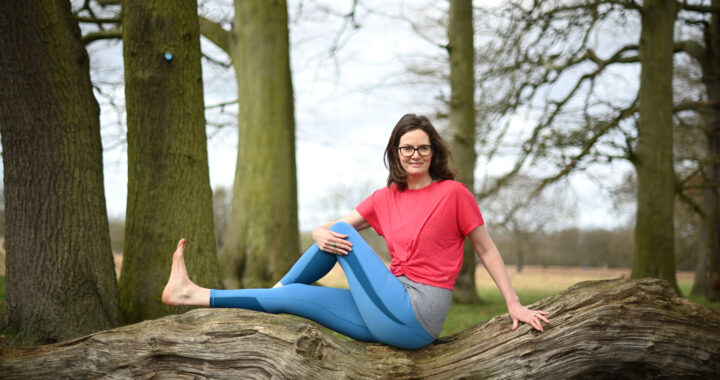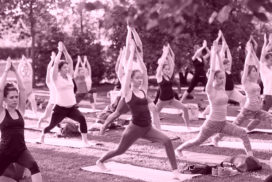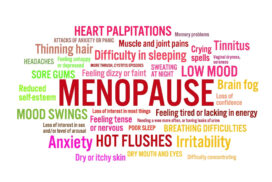So why should menopausal women practice yoga?
Georgina Gardner, founder of www.spaceforlifeyoga.co.uk (based in Kingston Upon Thames) tells us why yoga is so beneficial for those going through the menopause and shares 2 breathing exercises, one to boost energy and one to calm the mind!
The first reason is for mental health. Menopause can be a time of increa
Yoga can help with taking some time for yourself. It can give you a little space to think about you and what you stand for. This can, in turn, help to build your self-esteem and build positive thoughts. In addition, a good teacher will normally incorporate breathwork into the physical yoga practice. Knowing just a couple of simple breathing techniques which you can then take into your daily life, can help you either calm down, if you are feeling anxious, or increase your energy levels if you are tired.
On top of that, yoga can help to put a healthy stress on your bones, which can help prevent osteoporosis (thinning of the bones, common after menopause). It can improve balance and flexibility, which helps prevent falls. A more vigorous practice can increase your heart rate, helping to keep your cardiovascular system healthy (heart disease is one of the biggest killers of women in the UK). Yoga can also help with strengthening the body. Holding poses for a long time keeps our muscles in what’s called ‘isometric contraction’ which is good for building general body strength and helping to stabilise the joints.
Here’s a couple of simple breathing techniques you may find beneficial:
Breath of Joy.
This is a great breath for when you need an energy boost – perhaps after lunch or if you haven’t slept well, which can be a symptoms of menopause.
Stand with feet about hip width apart, with a micro bend in the knees.
We’re going to inhale in three parts, using each arm movement to inhale a third of the breath.
- Inhale a third as your arms lift forward to shoulder height.
- Inhale again as you take your arms out wide.
- Inhale the final third as you take your arms above your head.
- Exhale as you bend your knees and fold forward.
Do as many rounds as you need to shift your energy. You can also do the arm movements from a seated position.
Alternate nostril breathing.
This breath can be used to calm the mind. It can help to lower heart rate and blood pressure and ease anxiety. Anxiety can rise during menopause due to hormonal changes.
Find a comfortable seat (on your mat, on a chair or even on the sofa). You can close your eyes too (once you’ve read this blog!)
- Fold down the index and middle finger of the right hand and extend the ring finger and thumb.
- Close the right nostril with the thumb and inhale through the left nostril. (See if you can observe your abdomen rise as you inhale).
- Close the left nostril with the ring finger and exhale through the right nostril.
- Inhale through the right, then close the right nostril with the thumb and exhale through left nostril.
That’s one round. You can repeat this as long as you feel it’s necessary.


Hi, I’m George. Find me at www.spaceforlifeyoga.co.uk. I currently run three yoga classes per week including Beginners’ Yoga in Kingston and Ham, but I’m planning to expand my offering, including an online class in 2024. I’m also currently studying with Menopause Movement.









